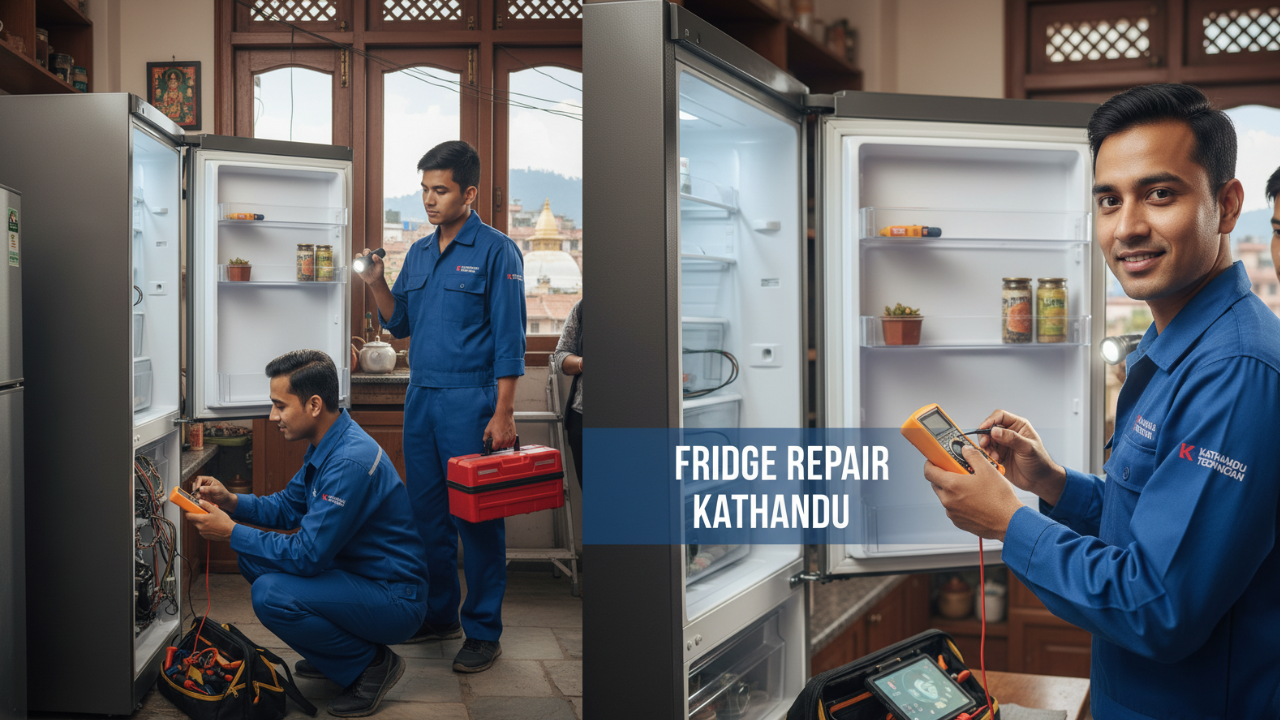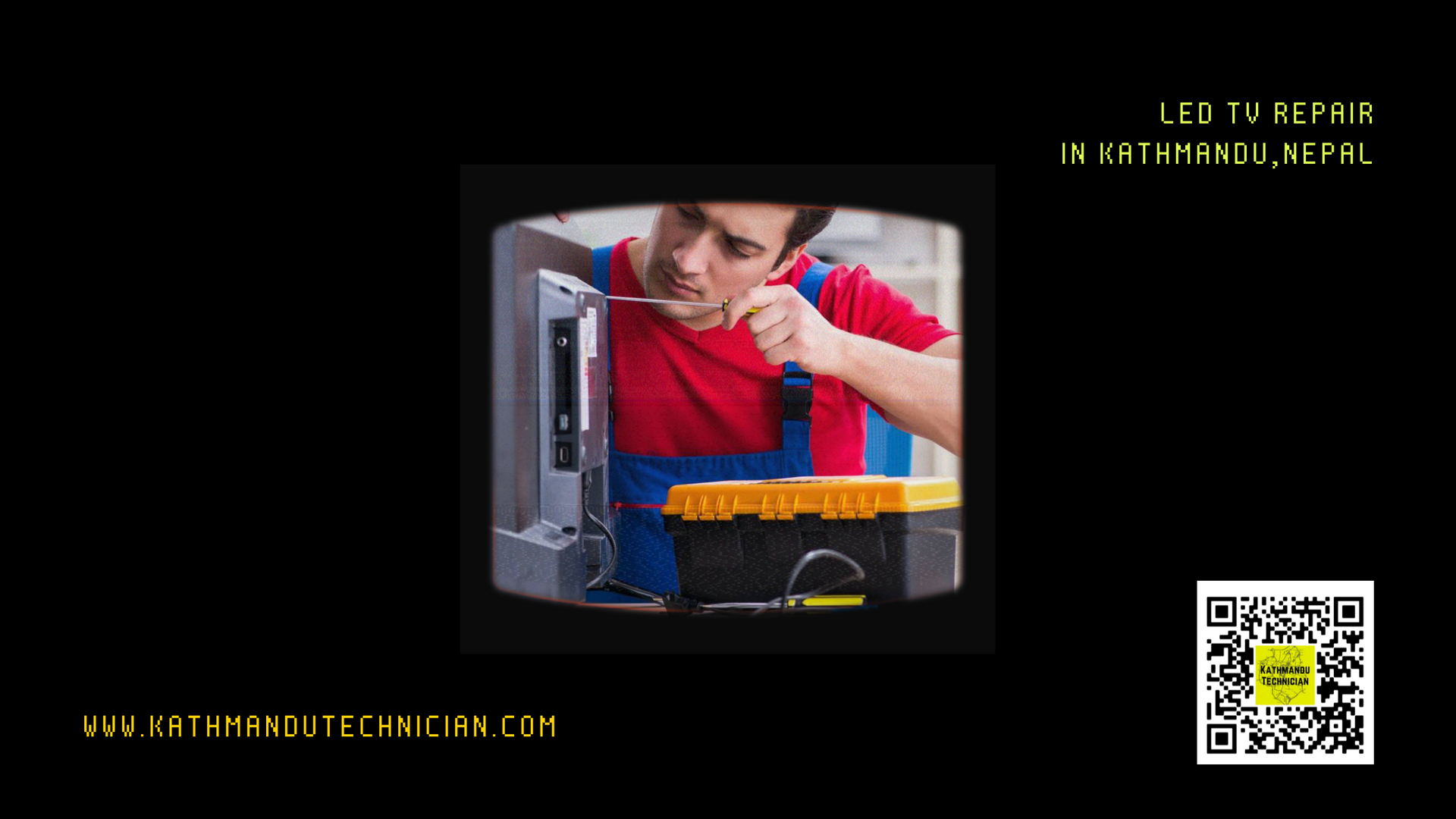Upcoming Electric Vehicles in Nepal: Models to Watch Out For in 2023-2024
The electric vehicle (EV) revolution is accelerating globally, and Nepal is poised to see significant growth in the adoption of EVs in the coming years. As a country that relies heavily on imported fossil fuels, Nepal has set ambitious goals to reduce emissions and promote renewable energy. This makes EVs an appealing option to help meet the country's climate targets while reducing reliance on fuel imports.
While Nepal's current EV market is still in the early stages, several new models are expected to launch in 2023-2024 that will expand options for Nepali consumers. Both local and international automakers have announced plans to introduce electric cars, SUVs, sedans, and two-wheelers to the Nepali market. As charging infrastructure expands across Nepal and prices become more affordable, consumer interest in EVs is rising.
This article provides an overview of some of the most promising EV models that are likely to be launched in Nepal over the next two years. From affordable small cars to luxury SUVs, Nepalis will have a diverse selection of electric vehicles to choose from shortly.
Affordable Small EVs
For many Nepali consumers, price is a major factor in vehicle purchase decisions. The good news is several automakers are preparing to introduce small, economical EVs well-suited for Nepal's roads and traffic conditions.
Indian companies are leading the way in budget-friendly electric cars. Bajaj Qute EV is a compact, quadricycle EV with a targeted range of around 100km. As a lightweight vehicle with a modest 4-5 kWh battery, it is expected to be priced under Rs 10 lakh in Nepal. The Mahindra e2o hatchback offers seating for four and fast charging capability. Mahindra already sells the eVerito EV sedan in Nepal, so the e2o could hit the market soon with an expected price tag of around Rs 15-20 lakh.
Tata Motors is readying the Tiago EV hatchback for launch in 2023. Using the popular Tiago platform, the EV version will deliver an estimated range of 200km from its high-capacity battery pack. With Tata's reputation for value-focused vehicles, the Tiago EV will put an affordable, dedicated electric car within reach for many Nepali consumers.
Other budget EVs that could launch in Nepal include the Maruti Suzuki WagonR EV, expected to be priced under Rs 10 lakh. Suzuki plans to introduce this electric hatchback first in the Indian market. Local Nepali automaker NEKA also hopes to launch the Neka 01, an EV model designed specifically for Nepal's infrastructure.
Benefits of Small EVs
Compact, low-priced EVs like these offer advantages that make them suitable options as Nepal's first wave of locally available electric vehicles:
- Lower purchase cost: With prices ranging from Rs 10-20 lakh, small EVs are affordable for middle-class buyers compared to larger luxury models. This builds crucial early adoption.
- Urban-friendly size: Shorter length and smaller turning radius are ideal for navigating Nepal's congested city roads.
- Sufficient range: Despite small battery packs, the targeted range of 100-200km meets local commute needs.
- Minimal charging infrastructure required: Owners can charge overnight with a 220V outlet rather than relying on public DC fast charging stations.
- Familiar hatchback design: Hatchback and quadricycle body styles are already popular choices in Nepal.
- Encourage local manufacturing: As demand grows, EVs like the Tata Tiago can be assembled in Nepal using domestic components.
- Increase local technical expertise: Experience servicing and maintaining budget EVs will build Nepal's workforce capability.
- Support grid stability: Managed charging of numerous small EVs is easier to incorporate into Nepal's electricity infrastructure.
To summarize, Nepal's entry into electric mobility will be led by affordable compact EVs well-matched to local transportation needs and charging capabilities.
Mid-range sedans and SUVs
Moving up from the budget EV segment, several automakers are preparing electric sedan and SUV models priced between Rs 30-60 lakh for launch in Nepal over the next few years.
Chinese brand MG Motor already offers the MG ZS EV electric SUV in India and plans to bring it to Nepal soon. With a 44.5 kWh battery pack, the ZS EV has an ARAI-certified range of 419 km. MG is also expected to launch the Marvel X, a larger 7-seater electric SUV.
Hyundai is readying the Ioniq 5 mid-size crossover and the Kona Electric subcompact SUV for introduction in Nepal. Both models deliver 300+ km of range via high-capacity 72.6 kWh or 64 kWh batteries. Kia will also enter Nepal's EV market with the Niro EV, its electric crossover SUV.
Other possible contenders in this segment include crossover SUVs like the Nissan Ariya, and Volkswagen ID.4, and electric versions of the Renault Kiger or Honda WR-V. Each brand brings globally proven EV technology tailored to the needs of the Nepali market.
What Mid-Range EVs Offer
This barrage of electric sedans, hatchbacks, and SUVs in the Rs 30-60 lakh bracket will give eco-conscious Nepali car buyers more options with these advantages:
- Longer range: 300 - 450 km between charges make these EVs suitable for road trips.
- Bigger batteries, faster charging: 60+ kWh batteries can leverage faster 100+ kW DC fast charging.
- Premium features: Mid-range price point allows for tech features like large touchscreens, connected services, and assisted driving.
- SUV popularity: Crossover body style matches Nepali preferences for SUV looks and ride height.
- Family-friendly capacity: Fitting 5 passengers with ample cargo room makes EVs practical for families.
- Reputable brands: Automakers like Hyundai and Kia are household names known for quality and reliability.
For middle-income urban households wanting to upgrade to an EV, these mid-range electric sedan and SUV options will offer the right combination of space, driving range, and features.
Luxury EV Models
At the top end of the market, several luxury electric vehicle brands are planning entries into Nepal to target affluent customers. While their price tags of Rs 1 crore+ limit mass adoption, these premium EVs can accelerate Nepal's high-end electrification.
American automaker Tesla dominates the global EV luxury segment. Though Tesla has no official presence in Nepal yet, individual dealers have already imported models like the Model 3 and Model Y into the country. If Tesla opens a Kathmandu showroom and service center, it could sell significant volumes of the Model 3 electric sedan, the smaller Model Y crossover, and perhaps even the luxury Model S and Model X.
Polestar, the new electric performance brand affiliated with Volvo, plans to bring its Polestar 2 five-door coupe EV to India and other South Asian markets. The Polestar 2 promises a premium interior, sleek design, and up to 470 km of range.
Traditional luxury brands like Audi and Jaguar also aim to sell their electric flagships in Nepal. The Audi e-tron quattro SUV and Jaguar I-Pace crossover both deliver refined rides with luxurious cabins worthy of their price tags. These could appeal to elite Nepali buyers looking for prestige electric vehicles.
In addition, premium Chinese EVs like the BYD Han sedan and NIO ES8 SUV may enter Nepal through local distributors or dealers. Multiple Chinese automakers exhibit ultra-luxury EV concept cars at Nepali auto shows to assess interest.
Why Luxury EVs Matter
Though low sales volume keeps luxury EVs confined to an exclusive niche, their arrival in Nepal serves wider national goals:
- Promote EV desirability: High-end EVs portray cutting-edge technology and prestige which can increase mainstream consumer interest.
- Support industries: Sales, maintenance, and charging of luxury EVs employ Nepali workers in high-skill jobs.
- Demonstrate viability: Impressive performance proves EVs can deliver the range, comfort, and reliability needed for Himalayan geography.
- Encourage tourism: EV driving experiences at scenic destinations can become tourism attractions that highlight sustainability.
So while Teslas or Audi e-trons won't dominate Kathmandu streets, their presence helps nurture Nepal's EV ecosystem.
Two-Wheelers
Along with 4-wheeled passenger vehicles, electric models of popular 2-wheelers like motorbikes, scooters, and bicycles will reduce Nepal's transport emissions and energy consumption.
Indian motorcycle giant Hero Electric is most likely to lead this transition. Hero already sells electric versions of its mass-market bike models like the Optima, Nyx, and Flash in Nepal. As technology improves, Hero can deliver electric motorcycles with a longer range and speed to rival petrol bikes.
Okinawa, another Indian EV firm, offers electric scooters including the Okinawa Ridge and iPraise in the Nepali market. Competitors like Ather Energy and Ola Electric may introduce their electric scooters in Nepal as well. Local brand Agni Motors also manufactures electric bicycles and 3-wheelers for local transportation.
For short urban commutes, electric bicycles and electric 3-wheelers offer clean transport for many Nepalis. As battery costs keep decreasing, electric 2-wheelers make sense for the large portion of households who own bikes rather than cars. Lightweight swappable batteries reduce the upfront costs.
Benefits of Going Electric
Electrifying Nepal's motorbikes and scooters carries these advantages:
- Lower maintenance: Electric motors have fewer moving parts and require less servicing than petrol engines.
- Reduce imports: Nepal imports all its petrol, so electrification decreases reliance on fuel imports.
- Improve air quality: Electric 2-wheelers have zero tailpipe emissions to help tackle urban pollution.
- Energy efficiency: Small electric motors are 3-4x more efficient than petrol engines in converting energy into motion.
- Enhance grid flexibility: Overnight charging of e-scooter batteries makes them ideal load-balancing assets.
- Support local economy: Nepali assembly of e-bikes, and e-scooters can drive job creation and skill development.
Widespread adoption of electric two-wheelers promises cleaner air and energy security for Nepal. Manufacturing and infrastructure improvements must accelerate to maximize these benefits.
Key Factors for EV Adoption in Nepal
While exciting new EV models are on the horizon, the growth of Nepal's electric vehicle market depends on progress in several key areas:
Charging Infrastructure Development
Access to charging stations is imperative to alleviate range anxiety and spur EV sales. Nepal currently has around 50 public EV charging points installed by NEA, hotels, malls, and other private firms mostly in Kathmandu Valley.
The government aims to expand this charging network by:
- Setting up fast-charging plazas at 25km intervals along major highways like the Mahendra, Prithvi, and Banepa-Sindhuli Highways.
- Installing normal AC chargers at government offices, public parking, hospitals, tourist destinations, and apartment buildings.
- Streamlining the approval process for businesses to install EV charging on-premises.
- Providing subsidies and tax incentives to charging operators and real estate developers.
- Launching a smartphone app with charger locations, availability, payment integration, and remote monitoring.
Fluid management of EV charging load is also vital to avoid overtaxing local distribution grids. Smart charging capability and vehicle-to-grid integration must be incorporated into Nepal's EV infrastructure.
Import Regulations and Incentives
To make new EV models price competitive against ICE vehicles, Nepal's government can:
- Reduce import duties on fully electric vehicles to 20% along with waiving road tax.
- Levy 50% surcharge on ICE vehicle imports to discourage petrol/diesel sales.
- Offer direct subsidies of Rs 150,000-200,000 for made-in-Nepal electric cars and SUVs under Rs 20 lakh.
- Provide interest-free loans up to 90% of EV purchase costs for taxi/ride-hailing drivers switching to EVs.
- Give local governments authority to waive registration fees, parking charges, and tolls for electric vehicles.
Such financial incentives will lower purchase hurdles as Nepal transitions to EVs.
Consumer Education and Marketing
Limited awareness about electric vehicle benefits and misconceptions about new technology also hinder adoption. Automakers and government entities must invest in marketing and education programs that:
- Hold EV test drive events in malls, city centers, and dealerships so consumers experience EVs first-hand.
- Launch social media campaigns highlighting EVs' attractive design, performance, and value.
- Partner with environmental groups to promote the ecological advantages of driving electric.
- Publish Nepali-language guides comparing EV models, charging basics, and total cost of ownership.
- Update school curriculum to build students' understanding of e-mobility.
- Offer training on EV mechanics, sales, and charging station installation.
Ongoing public outreach and upskilling will nurture Nepal's EV ecosystem.
Grid Capacity and Renewable Energy Growth
To fully leverage EVs' environmental benefits, Nepal must expand renewable electricity generation in parallel. Initiatives like increasing solar microgrids in rural areas and large-scale wind farms in windy mountain passes should align with the electrification of transport.
The NEA can then use managed EV charging to absorb excess solar generation during the day and wind energy at night. Smart charging systems that control when vehicles draw electricity can support grid stabilization as EVs grow to 10-20% of new annual vehicle sales in Nepal over the next 5-10 years.
Integrating EVs, renewable energy, battery storage, and grid technology will enable Nepal to build a clean, efficient transportation and electricity foundation for the future.
Conclusion: An Electric Future for Nepal
The coming decade will see electric vehicles go from a novelty to a solid option for many Nepali households and businesses. A wave of new EV models catering to budgets ranging from 8 lakh to over 1 crore will give consumers viable alternatives to petrol vehicles.
However, India and Nepal must work closely to nurture the EV manufacturing, charging infrastructure, and policy environment required for mass adoption. With careful planning, coordinated efforts, and strategic investments, an electric mobility transformation can propel Nepal towards energy self-sufficiency and carbon neutrality while creating quality jobs and enabling sustainable development. EV technology aligned with renewable energy will power Nepal into the future.
You might also like


